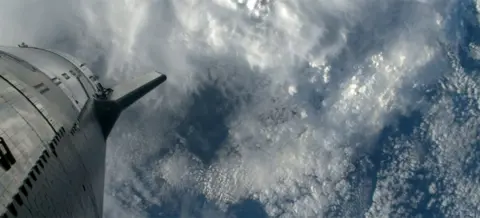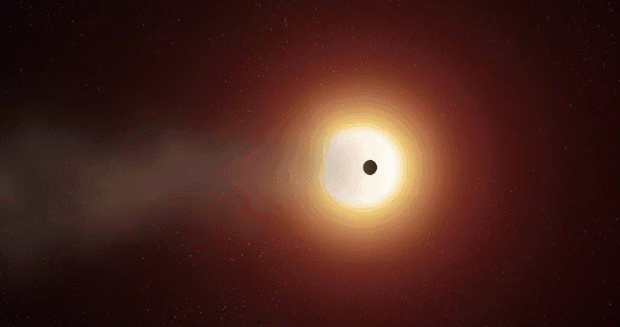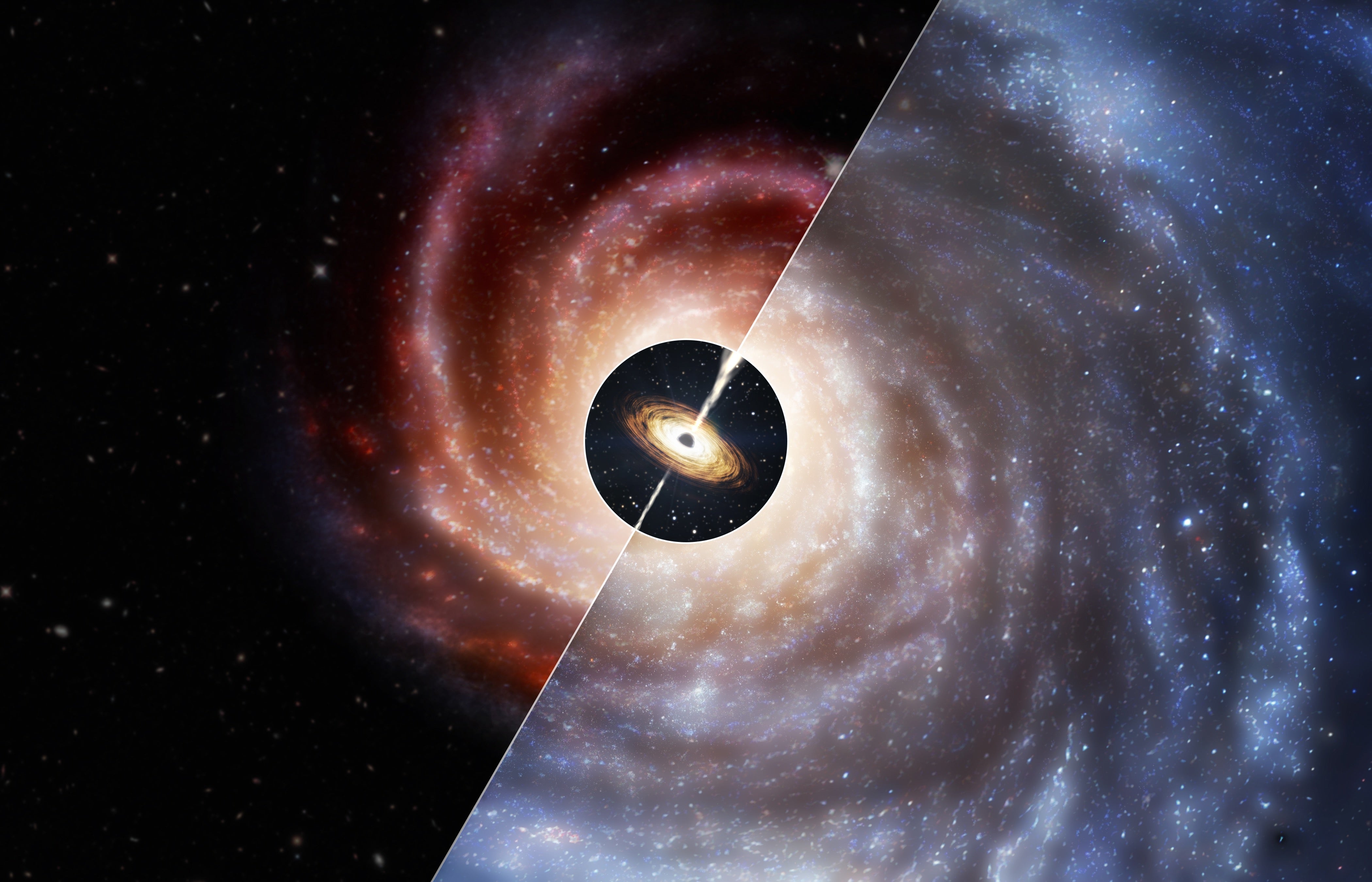Yes! Clear sky and mild temperature for viewing the eclipse.
How to view the eclipse in the Montreal area
Download the app: Developed by Quebec Federation of Amateur Astronomers (FAAQ), this app will give you information related to where you are standing. Also, it is good for years to come. While we won’t see another eclipse in Montreal in our lifetimes, they are fairly common and who knows? You might catch the bug and start chasing shadows. https://montreal.ctvnews.ca/quebec-app-helps-amateur-astronomers-watch-the-eclipse-1.6834789
There are two major hubs of activity for viewers in the Montreal area if you are ok with crowds.
Parc Jean-Dapeau : Plan to get there early, the Metro is expected to be crowded. Free eclipse glasses will be distributed to the first 150 000 arrivals.
Montreal Science Centre :The Science Centre in collaboration with Cirque du Soleil will distribute 20,000 free pairs of eclipse glasses.
Watch to music: The OSM has a playlist on Spotify. Click start right at 2:14 for best listening experience!
There is a small margin of error in the maps along the edges of the path of totality. Try to be closer to the centre, you wouldn’t want to miss this event by being a block too far away! If you are willing to travel, the best viewing, ie longest duration of totality, will be in the Eastern Townships.
Timing for the total solar eclipse in Montreal:
- Eclipse begins: 2:14 p.m.
- Total solar eclipse: 3:27 p.m.
- Eclipse ends: 4:36 p.m.
What to watch for:
- Just before totality, you may see ripples of light on the ground.These are the “shadow bands”.
- Plants that close in the dark, such at the prayer plant or dandelions if any are out yet.
- Pets may react strangely.(or they may be reacting to our strange behaviour!)
- Colours, especially reds and blues, may look darker or brighter.
- A drop in temperature
- For a bit of fun, use a colander to view multiple little eclipses on the ground or project them onto a wall.
- Shadows will appear sharper.
- 360 degree sunset
- Brightest stars, as well as Jupiter and Venus. Venus will be the brighter one.
Keep your glasses! The sun is approaching maximum, there are often sunspots you can see with your eclipse glasses. Just make sure to keep them in pristine condition and always check for scratches or pinholes.




![[]](https://mcusercontent.com/0c5fce34d5ca05f64a13d085d/images/d54b4ca9-9bb1-d6e6-cdad-c93c4ba7dde8.jpg)
![[]](https://mcusercontent.com/0c5fce34d5ca05f64a13d085d/images/6259d60f-6d8a-6cc6-0859-6ab1e2cdcf1e.jpg)
![[]](https://mcusercontent.com/0c5fce34d5ca05f64a13d085d/images/080706cf-b082-f290-ff20-e1be97b6effb.png)

![[]](https://mcusercontent.com/0c5fce34d5ca05f64a13d085d/images/cd3d84ff-554d-e2a1-7a6f-d6115a753e7c.jpg)

